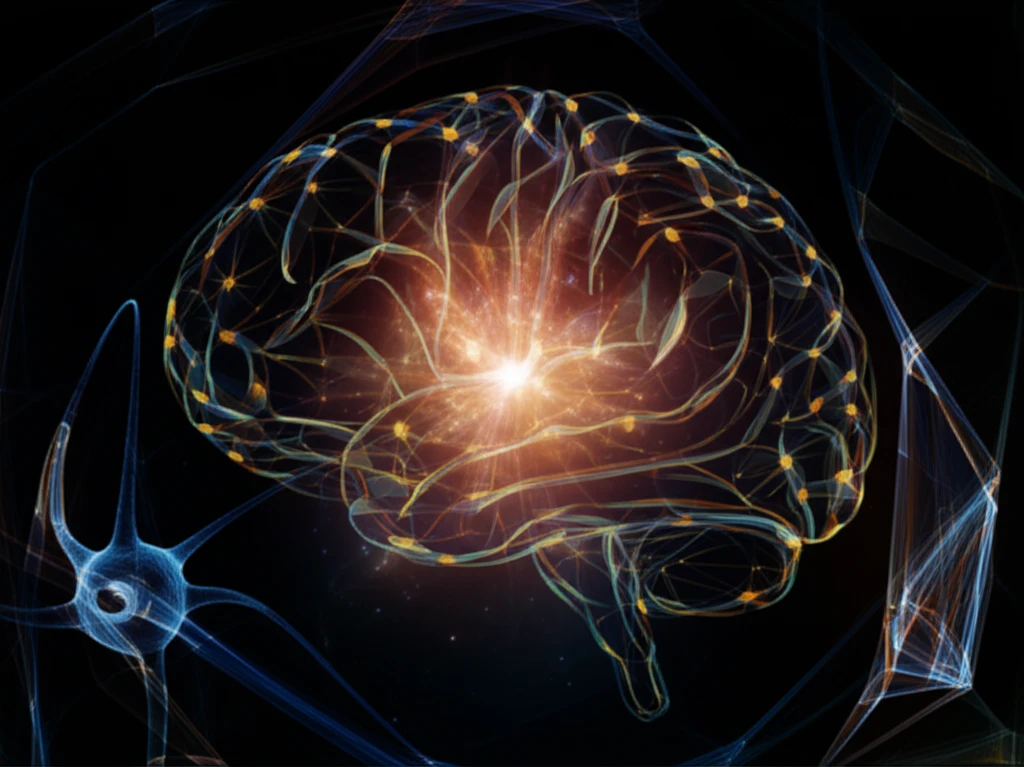
Decoding Neurological Emergencies: A Guide to Acute Care and Stroke Management
"Navigating the complexities of neurointensive care and stroke treatment: From rapid response strategies to the latest advancements, we break down what you need to know to stay informed and proactive about neurological health."
In the landscape of modern medicine, the treatment of neurological emergencies stands as a critical and rapidly evolving field. Across Germany, Austria, and Switzerland, healthcare professionals are dedicated to advancing the quality of care for patients facing acute neurological conditions. Significant progress has been made, particularly in the realm of acute stroke management, where certified stroke units play a pivotal role.
The success of stroke units in Germany, with their interdisciplinary approach and extensive network, serves as a model for integrated neurovascular care. These specialized centers foster collaboration between neurologists, neurosurgeons, and neuroradiologists, ensuring comprehensive and timely interventions. Yet, despite these advancements, new questions and challenges continue to emerge.
As healthcare systems evolve, it's crucial to examine the impact of new models of care, such as interdisciplinary emergency departments and integrated emergency centers, on the established standards of neurological emergency treatment. Are these innovations enhancing or hindering the ability to deliver optimal care to patients in critical conditions, such as those experiencing stroke or traumatic brain injury? This article explores these questions and more, shedding light on the latest developments and debates in neurointensive care and stroke management.
Optimizing Emergency Response: How to Fast-Track Patients to the Right Care

One of the most pressing challenges in emergency medicine is ensuring that patients with acute conditions receive the right treatment without delay. This is especially critical for conditions like stroke, where every minute counts. The goal is to streamline the process, from initial assessment to specialized care, to minimize potential damage and improve patient outcomes.
- Rapid Assessment Protocols: Implement standardized protocols for rapid assessment of patients presenting with neurological symptoms.
- Triage Training: Provide comprehensive training to emergency department staff on identifying and prioritizing patients with potential neurological emergencies.
- Public Awareness Campaigns: Educate the public on recognizing stroke symptoms and the importance of seeking immediate medical attention.
- Streamlined Referral Pathways: Establish clear referral pathways between emergency departments and specialized stroke centers or neurointensive care units.
Stay Informed, Stay Prepared: The Future of Neurointensive Care
As the field of neurointensive care continues to evolve, staying informed about the latest advancements and best practices is essential for healthcare professionals and the public alike. By embracing innovation, fostering collaboration, and prioritizing patient-centered care, we can continue to improve outcomes and enhance the quality of life for individuals affected by neurological emergencies. The ANIM (Arbeitstagung NeuroIntensiv Medizin) conferences serve as a vital platform for sharing knowledge, discussing challenges, and shaping the future of neurointensive care in German-speaking countries and beyond.
